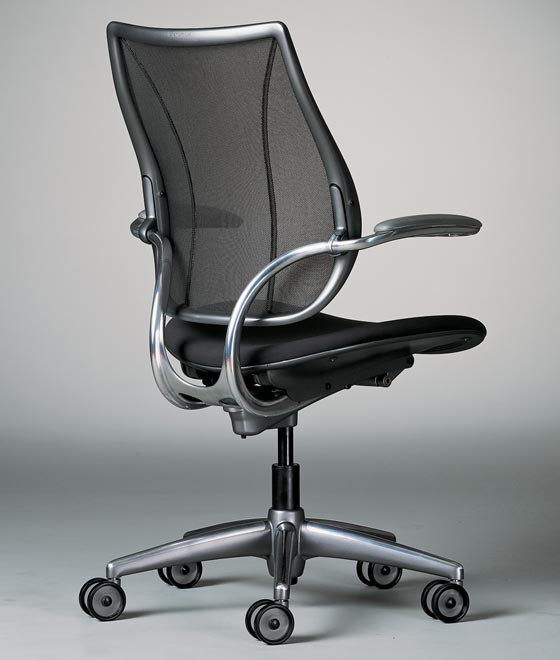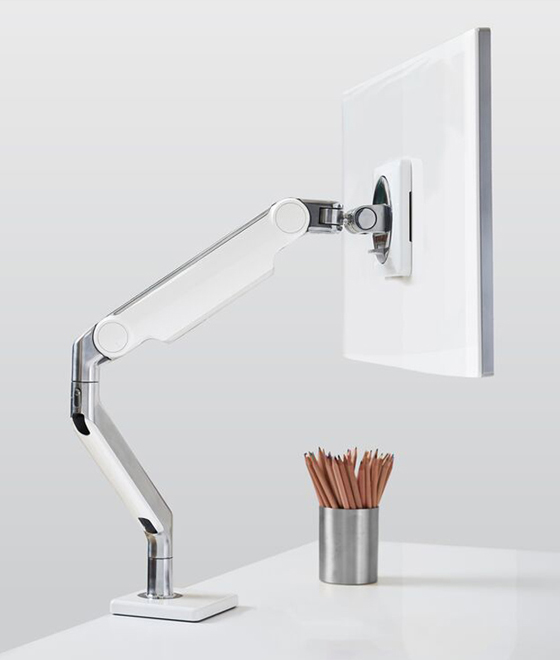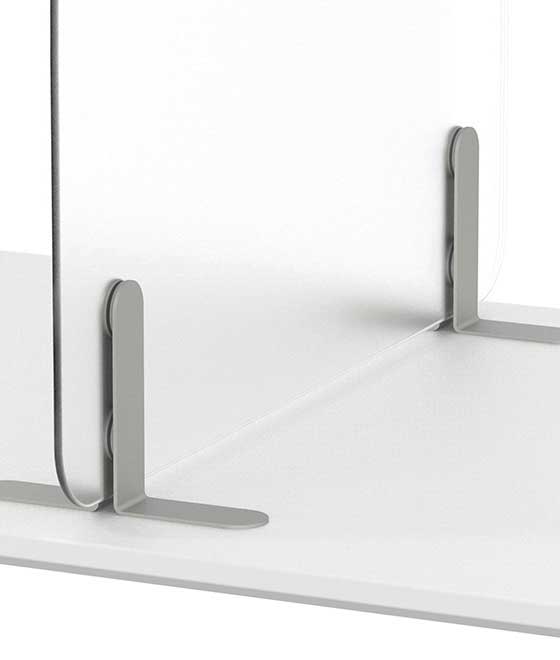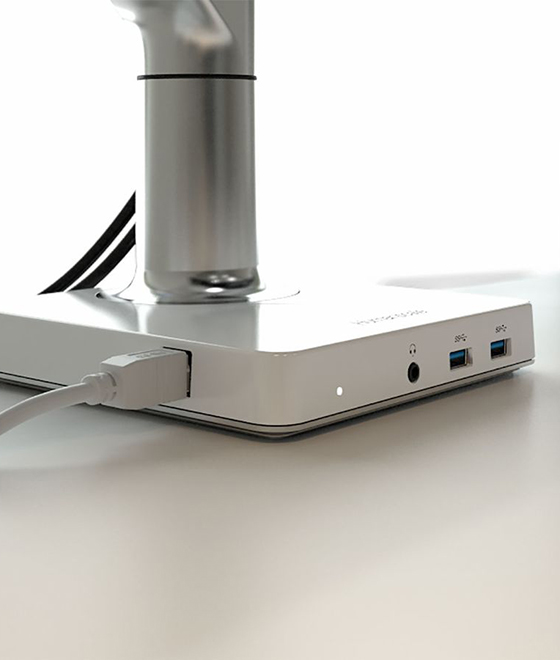Risk Assessment
WORKPLACE ASSESSMENT PROGRAM
A baseline assessment of the current work environment is recommended prior to devising an improvement strategy. This service is designed to help your organization quickly prioritize risk and identify current ergonomic challenges. We will perform an on‐site evaluation of current risk factors, design standards and technology challenges. A detailed report is prepared shortly after the site visit. Components of our approach are listed below. A baseline assessment of the current work environment is recommended prior to devising an improvement strategy. This service is designed to help your organization quickly prioritize risk and identify current ergonomic challenges. We will perform an on‐site evaluation of current risk factors, design standards and technology challenges. A detailed report is prepared shortly after the site visit. Components of our approach are listed below.musculoskeletal risk factors
Musculoskeletal risk will be assessed throughout the work environment. The following postural risk factors will be screened for: Wrist extension, Ulnar/radial deviation, Excessive reaching, Neck/trunk rotation, Pronation/Supination, Shoulder abduction, Forward sitting, Contact stress, Sedentary postures.
Because tasks often dictate posture, rest break schedules and joint movement, it is critical that our team can gain a better understanding of the workers’ tasks. The most computer intensive tasks will be examined so that specific recommendations for improvement can be made.
Speaking with employees helps improve our understanding of challenges that can be difficult to measure through observation alone. These include worker comfort, job stress, equipment challenges and perceived job demands. Interviews are informal and last no longer than 10 minutes. Three to five interviews are conducted per facility. Historically, the feedback has proved invaluable.
Workstation design and configuration are often linked directly to worker discomfort. All workstation configurations will be analyzed and compared to established ergonomic design guidelines. The following technological components are also considered:
- Monitor technology and size
- Input device design
- Computing technology
- Placement of technology
The ambient environment has been linked to worker health and performance. The following areas can be quickly measured and analyzed where necessary:
- Lighting
- Noise levels
- Thermal conditions
- Relative humidity
ERGONOMIC ASSESSMENT PROGRAM
Summary Table - Ergonomic Assessment Program
|
Basic |
Standard |
Advanced |
||
|
Phase I |
Pre Assessment Survey |
✓ |
✓ |
✓ |
|
Phase II |
Onsite Ergonomics Training |
✓ |
✓ |
✓ |
|
Phase III |
Onsite workstation assessment by a Board Certified
|
✓ |
✓ |
✓ |
|
Phase IV |
Implementation assistance to ensure workstation enhancements are installed properly and correctly utilized by employee |
✓ |
||
|
Phase V |
Post Assessment Check-Up:
|
✓ |
ERGONOMIC ASSESSMENT PROGRAM
|
Basic |
Standard |
Advanced |
|
Prior to the assessment, a web link to our pre assessment survey is e-mailed to the employee. The 5-10 minute survey collects task specific information and employee discomfort data which is used by our team of ergonomists to reduce risk and formulate recommendations. |
Prior to the assessment, a web link to our pre assessment survey is e-mailed to the employee. The 5-10 minute survey collects task specific information and employee discomfort data which is used by our team of ergonomists to reduce risk and formulate recommendations. |
Prior to the assessment, a web link to our pre assessment survey is e-mailed to the employee. The 5-10 minute survey collects task specific information and employee discomfort data which is used by our team of ergonomists to reduce risk and formulate recommendations. |
|
Next, we provide the employee with one-on-one onsite ergonomic awareness training. The goal of this effort is to increase the employee’s understanding of common postural issues while empowering them to affect behavioral change. Common misconceptions, basic ergonomic principles, and recommended work practices are discussed throughout the training. An article summarizing the training as well as a tip sheet is e-mailed to the employee immediately following the training. |
Next, we provide the employee with one-on-one onsite ergonomic awareness training. The goal of this effort is to increase the employee’s understanding of common postural issues while empowering them to affect behavioral change. Common misconceptions, basic ergonomic principles, and recommended work practices are discussed throughout the training. An article summarizing the training as well as a tip sheet is e-mailed to the employee immediately following the training. |
Next, we provide the employee with one-on-one onsite ergonomic awareness training. The goal of this effort is to increase the employee’s understanding of common postural issues while empowering them to affect behavioral change. Common misconceptions, basic ergonomic principles, and recommended work practices are discussed throughout the training. An article summarizing the training as well as a tip sheet is e-mailed to the employee immediately following the training. |
|
Once training has been delivered to the employee, a board certified ergonomist will conduct a formal assessment of the workstation. Postural risk factors are documented and an equipment review is performed to ensure the existing workstation meets basic ergonomic criteria. Digital images of the employee’s workstation are taken and uploaded to our web based assessment tool. Any workstation adjustments that can be implemented given the existing equipment are made at this time. A report is generated shortly after the assessment that provides recommendations for further improvement. |
Once training has been delivered to the employee, a board certified ergonomist will conduct a formal assessment of the workstation. Postural risk factors are documented and an equipment review is performed to ensure the existing workstation meets basic ergonomic criteria. Digital images of the employee’s workstation are taken and uploaded to our web based assessment tool. Any workstation adjustments that can be implemented given the existing equipment are made at this time. A report is generated shortly after the assessment that provides recommendations for further improvement. |
|
|
If additional workstation or equipment changes are required, the ergonomist provides assistance at the time of installation to ensure that the equipment is installed correctly and that the employee has an understanding of how to adjust the equipment properly. |
||
|
Four to six weeks following the implementation of changes, a post assessment survey is administered to the employee to gauge the effectiveness of the intervention. Feedback is collected on the assessment process and on any workstation changes. Pre and post musculoskeletal discomforts are compared and presented in a final report, which also indicates if any further actions are required. Ongoing support is provided, where necessary. |







.jpg)
.jpg)










